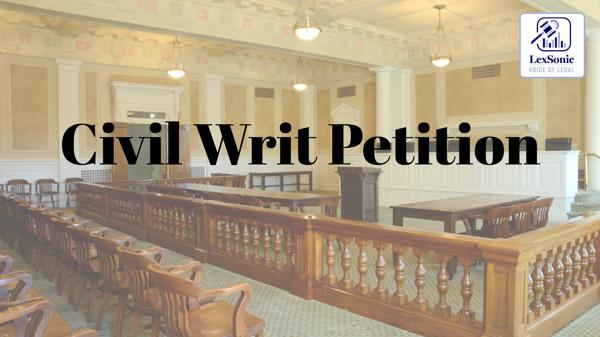Bombay High Court Directs Metro Rail Corporation to Restore Heritage Structure Finial.
10 July 2025
Civil Writ Petition >> Civil & Consumer Law
In a significant ruling of D.V.M. Patel & Another v/s State of Maharashtra through the Government Pleader & Others, the High Court of Judicature at Bombay, on July 10, 2025, directed the Mumbai Metro Rail Corporation Ltd. (MMRCL) to reconstruct a fallen limestone finial from the historic J.N. Petit Institute building. The judgment, delivered by the Honourable Mr. Justice M.S. Sonak and the Honourable Mr. Justice Jitendra Jain, comes in response to a writ petition filed by the trustees of the Jamsetjee Nesserwanjee Petit Institute concerning potential damage from the Metro Line III project.
The J.N. Petit Institute, a public charitable trust established in 1856, operates a renowned Reading Room and Library. The building, constructed in 1898 in the Neo-Gothic Revival style, is recognized as a Grade II A Heritage Structure and a landmark on D.N. Road, Fort, Mumbai. It houses approximately 100,000 books, including 2,400 rare books and 12 manuscripts, some dating back to the 17th century. The building received the UNESCO Award of Distinction for Cultural Heritage Conservation in 2015 after being renovated in 2014-15.

The alignment of Metro Line III along D.N. Road raised considerable objections due to concerns about its impact on numerous heritage structures. The Mumbai Heritage Conservation Committee (MHCC) initially withheld its No Objection Certificate (NOC) but later reluctantly agreed after assurances that only tunneling methods would be used and no station would be built using the cut and cover method on D.N. Road.
The Petitioners expressed concerns about the Metro work potentially damaging their building, which has a shallow foundation. They also raised objections to proposed entry and exit points within their garden grounds. Despite initial surveys and assurances from contractors like Larsen and Toubro (L&T) regarding monitoring and responsibility for damage, the Petitioners expressed dissatisfaction with the survey reports, noting the omission of the building's special architectural features, including invaluable stained glass.
A key incident that triggered the petition was the dislodgment of a limestone finial from the North Side of the building on August 25, 2017. This occurred amidst ongoing, unmonitored drilling and construction activities near the building, causing significant vibrations. The Petitioners had repeatedly requested the installation of vibration monitoring devices, but their pleas went unheeded, and vibrations continued to be recorded without proper instrumentation in their building.
Following the finial's collapse, the Petitioners instituted a petition on September 7, 2017. The Court appointed an Expert Committee on September 15, 2017, to investigate and recommend precautionary measures. While the MMRCL claimed to have complied with these recommendations and resumed work in November 2017, the Petitioners maintained that the limestone finial had not been restored.
During the final hearing on July 4, 2025, MMRCL, while not admitting liability, agreed to reconstruct the fallen limestone finial at its own cost. This is contingent upon the Petitioners providing necessary drawings and obtaining requisite permissions from heritage authorities. The Court accepted this statement and ordered MMRCL to complete the reconstruction within eight months of the Petitioners obtaining the necessary approvals.
Regarding future concerns about potential damage once Metro Line III becomes operational, the Court deemed these apprehensions "too speculative" at this stage. However, it granted the Petitioners the liberty to initiate appropriate proceedings if grievances arise after the Metro Line III project becomes operational.
The Court emphasized the importance of preserving heritage structures, citing various legal precedents and international conventions. It highlighted that authorities must conduct activities without unduly harming such structures and cannot adopt a "perpetually denialist stance" concerning heritage areas. While the Court acknowledged the link between the Metro project and the finial's collapse, it clarified that its observations are prima facie and do not prejudice any future proceedings by either party.
